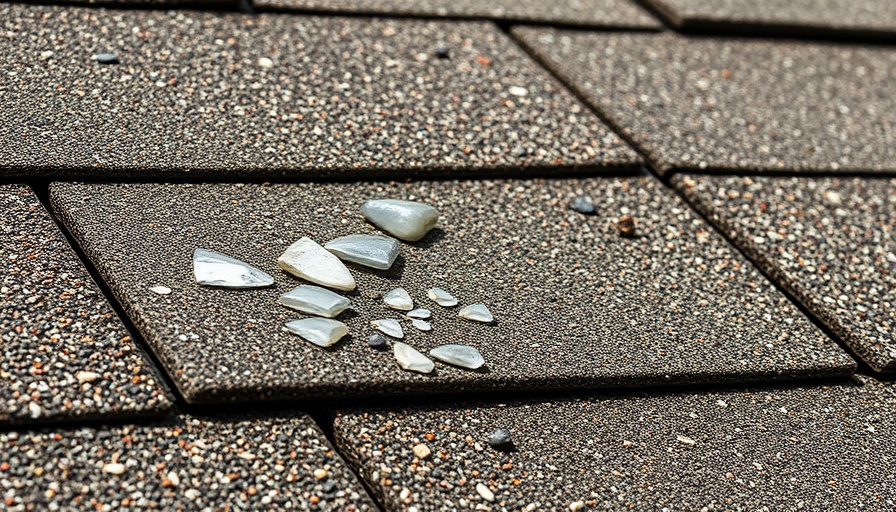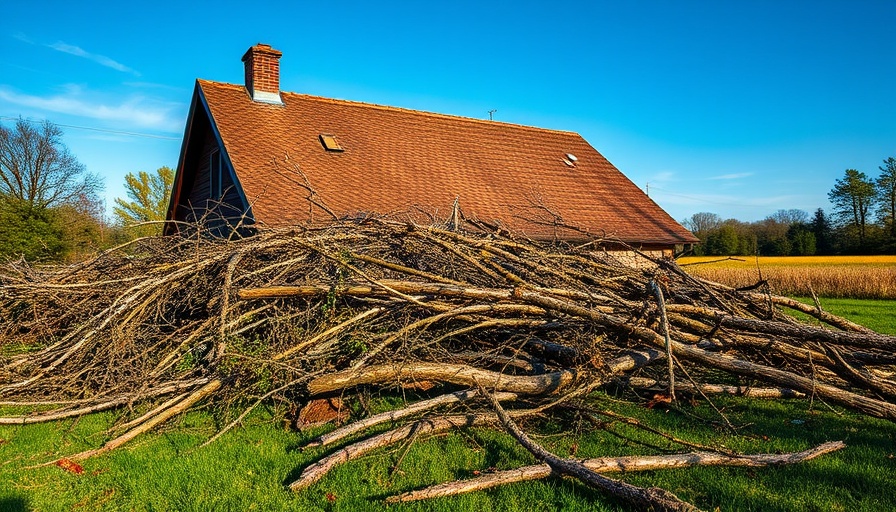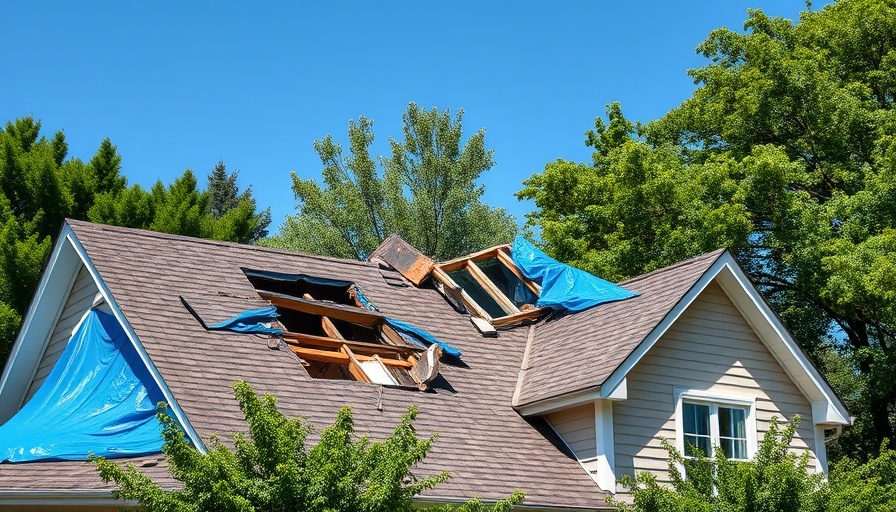
Understanding Hail Damage vs. Deterioration in Roofing
When a severe hailstorm hits, homeowners often find themselves inspecting their roofs to determine the extent of the damage. Diagnosing whether a roof has suffered hail damage or if aging shingles are simply reaching the end of their lifespan can be a daunting task. This is where the expertise of trained storm damage contractors becomes invaluable, as they can help discern these critical differences. In this article, we will explore the key indicators of both hail damage and worn-out shingles, enabling you to make informed decisions for your home.
Signs of Hail Damage to Your Roof
Bruised Shingles
Bruised shingles are often the first sign of hail damage, characterized by indentations on the roof's surface. Although these bruises may not be immediately visible, their presence can lead to serious long-term problems. Over time, if left unaddressed, these bruised areas can develop into holes, compromising the roof's integrity and exposing your home to leaks and water damage.
Loose or Missing Shingles
Shingle loss can be indicative of either hail damage or a roofing system nearing its expiration date. If granules have become displaced and exposed the underlayment beneath, you may be dealing with hail damage, particularly if that area shows no signs of discoloration. Conversely, visible fading indicates preexisting wear, suggesting it might be time for a roof replacement.
Cracked Shingles
The impact of large hailstones can lead to noticeable cracks in shingles, often forming in circular patterns. Identifying cracked shingles early is paramount, as neglecting them can lead to a leaky roof and a cascade of additional repairs down the line.
Dented Roof Vents
Dented vents are another telltale sign of hail impact. If you notice dents in your venting, it’s a solid indicator that your roof has also sustained hail damage, warranting immediate communication with your insurance company and a local contractor to assess repair needs.
The Indicators of Worn Out Roof Shingles
Buckled Shingles
Buckling can happen when new shingles are layered over old ones or due to improper installation practices. This issue often arises from inadequate ventilation, resulting in moisture buildup beneath the shingles. Buckling signifies a problematic roof situation, possibly requiring a full replacement.
Water Spots on Your Ceiling
Discoloration on your ceiling is a clear indicator of leaks stemming from roofing issues. These spots often lead to greater damage if ignored, such as needing repairs to ceilings or drywall. Quick action can save homeowners from more extensive repairs later.
Curling Shingles
Shingles curl for various reasons, often stemming from poor installation or inadequate insulation. As shingles age, they may detach from their adhesive, and environmental factors can cause the shingles to expand and contract, triggering further curling. Monitoring this early can help determine if a repair or complete replacement is needed.
Experiencing Roof Rot
Lastly, rot signifies a severe problem, as this occurs when moisture penetrates deep into the shingles, affecting the core material. Addressing roof rot immediately with a professional is crucial to prevent substantial structural damage and maintain the safety of your home.
Decisions to Make for Your Home's Roof
Expert Insights for Homeowners
Engaging with professionals who can accurately diagnose your roofing issues leads to lasting solutions. Often, roof damage isn’t immediately visible unless you know what to look for. For those involved in DIY home projects or managing contractors, having awareness of these critical signs equips you both in negotiations with service providers and in maintaining your home's longevity.
Final Thoughts
With the severe weather patterns we experience today, knowing how to distinguish hail damage from aging shingles is more important than ever. Taking the time to evaluate your roof prevents small issues from evolving into costly repairs. Reach out to a reliable roofing professional to assess your home following a hailstorm so you can take the necessary steps for restoration. Knowing the distinction can save you both time and money in the long run.
 Add Row
Add Row  Add
Add 




Write A Comment